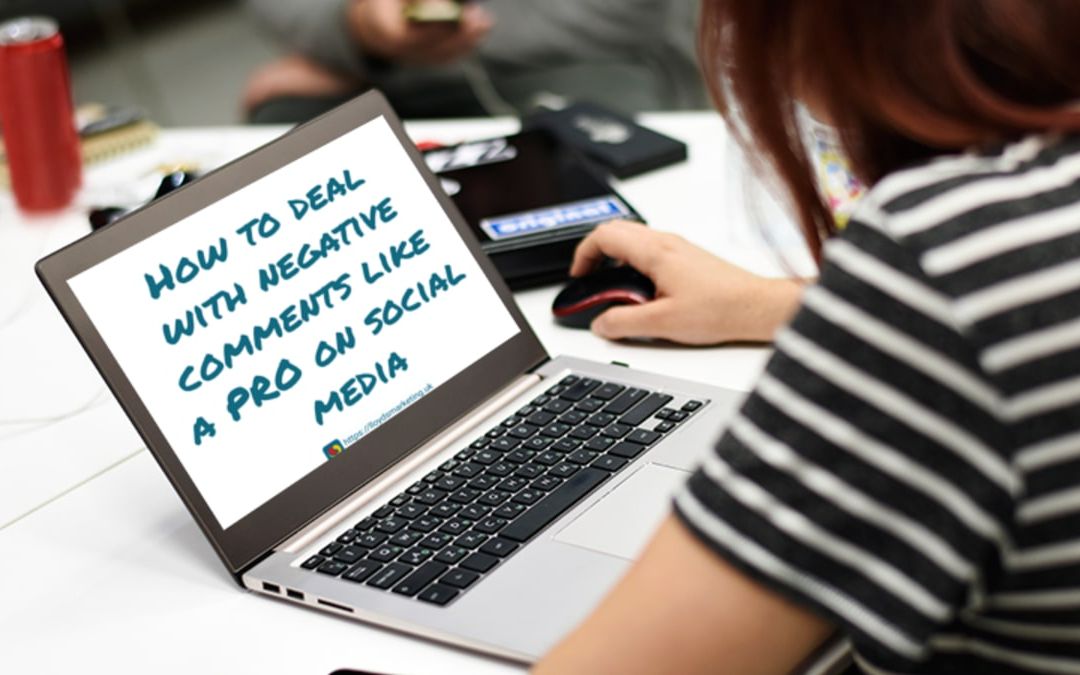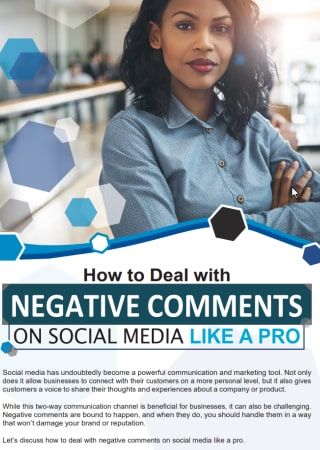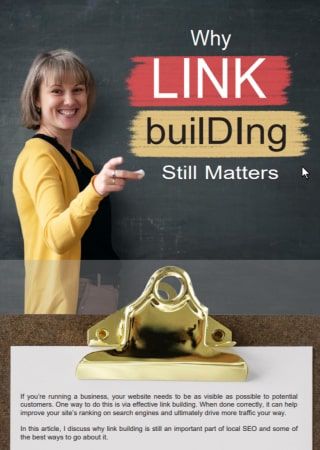Social media has undoubtedly become a powerful communication and marketing tool. Not only does it allow businesses to connect with their customers on a more personal level, but it also gives customers a voice to share their thoughts and experiences about a company, product or service.
While this two-way communication channel is beneficial for businesses, it can also be challenging. Negative comments are bound to happen, and when they do, you should handle them in a way that won’t damage your brand or reputation.
Let’s discuss how to deal with negative comments on social media like a pro.
Table of Contents
Negative Comments Tip No 1 – Make Sure You Respond
Although dealing with negative comments can be difficult, it’s important to remember that ignoring them is not an option. When customers take the time to reach out to you with a complaint or concern, they expect (and deserve) a response.
Not only will a reply show the customer that you care about their experience, but it also shows others that you’re willing to listen to feedback and address any issues.
Of course, it’s not always possible to respond to every negative comment. But if a comment is public and could potentially damage your reputation, take the time to craft a thoughtful response.
Negative Comments Tip No 2 – Handle Issues Promptly
In addition to responding to negative comments, quickly take care of the issue that caused the comment in the first place. This may involve refunding their purchase, exchanging an item, or simply apologizing for any inconvenience they may have experienced.
Whatever the matter may be, it’s important to take care of it promptly and efficiently. Customers appreciate it when companies own up to their mistakes and try to correct them.
If you take too long, customers may think you don’t care about their issue or that you’re sweeping it under the rug. Delaying will only damage your reputation further, so it’s crucial to nip the problem in the bud as soon as possible.
Negative Comments Tip No 3 – Be Professional
Although it may be tempting to lash out, remember that what you say can be used against you. Therefore, always err on the side of caution and keep your responses professional.
This doesn’t mean that you can’t defend yourself or your business – but you should do so in a respectful way that doesn’t make the situation worse.
Try saying things like:
· “We’re sorry to hear that you had a negative experience. We appreciate your feedback and would like to make this right with you.”
· “Thank you for bringing this to our attention. We take these issues seriously and would like to look into this further. Please DM us your contact information and order number so we can investigate.”
FREE SOCIAL MEDIA POSTS
To get your free 100 professionally designed motivational and inspirational image posts simply fill in the form on the right and download them today.
Negative Comments Tip No 4 – Taking the Conversation Offline
In some cases, it may be best to take the conversation offline. This is usually the case when a customer is angry or upset or if the situation could escalate if only addressed publicly.
When you take the conversation offline, you’ll have a chance to diffuse the situation without worrying about making it worse. You can reply to the comment publicly and let the customer know that you’d like to discuss their concerns further in a private message or over the phone.
This shows that you’re willing to listen and help resolve the issue in a way that is considerate of their privacy.
Negative Comments Tip No 5 – Address the Issue Directly
When responding to a negative comment, address the issue directly. A straightforward response shows the customer (and anyone else reading) that you take their concerns seriously and are willing to resolve the problem.
For example, if a customer is unhappy with your product, you might say something like:
“Thank you for your feedback. We’re sorry to hear that you’re disappointed with our product. Can you please provide more information about what you didn’t like? We’d like to pass your feedback along to our team and see if there’s anything we can do to improve the product.”
This response shows that you care about the customer’s experience and want to help resolve the issue. It also gives you an opportunity to learn more about what the customer didn’t like so that you can make improvements in the future.
Negative Comments Tip No 6 – Don’t Be Afraid to Apologise
In some cases, the best way to deal with a negative comment is to simply apologise. An apology shows the customer that you understand their frustration and want to make things right.
Of course, you shouldn’t apologise for something that wasn’t your fault. But if there was a mistake on your part, or if the customer had a valid complaint, an apology would go a long way in diffusing the situation.
Some people just want to feel like they’re heard and that their concerns are taken seriously. In these cases, a simple apology may be enough to resolve the issue.
Negative Comments Tip No 7 – Use Positive Language
It’s essential to use positive language when responding to negative comments. However, this doesn’t mean that you should ignore the problem or act like everything is fine. Instead, focus on finding a resolution rather than dwelling on the negative.
For example, instead of saying, “We’re sorry that you had a bad experience,” you could say, “Thank you for bringing this to our attention. We want to do everything we can to ensure your next experience is better.”
This response shows that you’re committed to resolving the issue while also setting a positive tone for the rest of the conversation.
Check out our free monthly marketing magazine today – click here. You won’t regret it.
Negative Comments Tip No 8 – Don’t Scrub Your Social Media Page of Negative Comments
While it’s tempting to delete negative comments or hide them from your feed, this is usually a bad idea. Not only does it make you look deceitful, but it also makes it seem like you don’t care about your customers’ concerns.
It’s okay to delete comments that are abusive or that don’t add anything to the conversation. But in most cases, it’s best to leave the comment up and respond directly. These comments show that you’re willing to listen to feedback, even if it’s negative.
How to Use Negative Comments to Improve Your Business
Finally, it’s important to remember that negative comments can actually be a good thing. They provide you with an opportunity to improve your products or services and show your customers that you care about their experience.
As a business owner, you should always look for ways to improve. So, if you’re getting a lot of negative comments about a certain aspect of your business, use it as a chance to make positive changes.
So next time you get a negative comment on social media, don’t panic. Instead, just follow these tips, and you’ll be able to handle it like a pro.
Additional Resources For Dealing with Negative Comments o Social Media Like a Pro:
How do Brands Handle Negative Comments on Social Media by Social Pilot
How You Should Respond to Negative Comments on Social Media by QS Quacquarelli Symonds
Some Of My Other Easy Marketing Posts You Can Quickly Profit From:
10 Most Common Social Media Marketing Mistakes Made by Small Businesses & How to Fix Them
15 Ways to Easily Increase Conversion Rate on Your Website
Download Your Free Small Business Marketing Magazine
Keep ahead of your competitors by keeping up-to-date with the latest small business marketing trends and proven marketing strategies and tactics.
Click Here to download this month’s edition. No sign up required.















